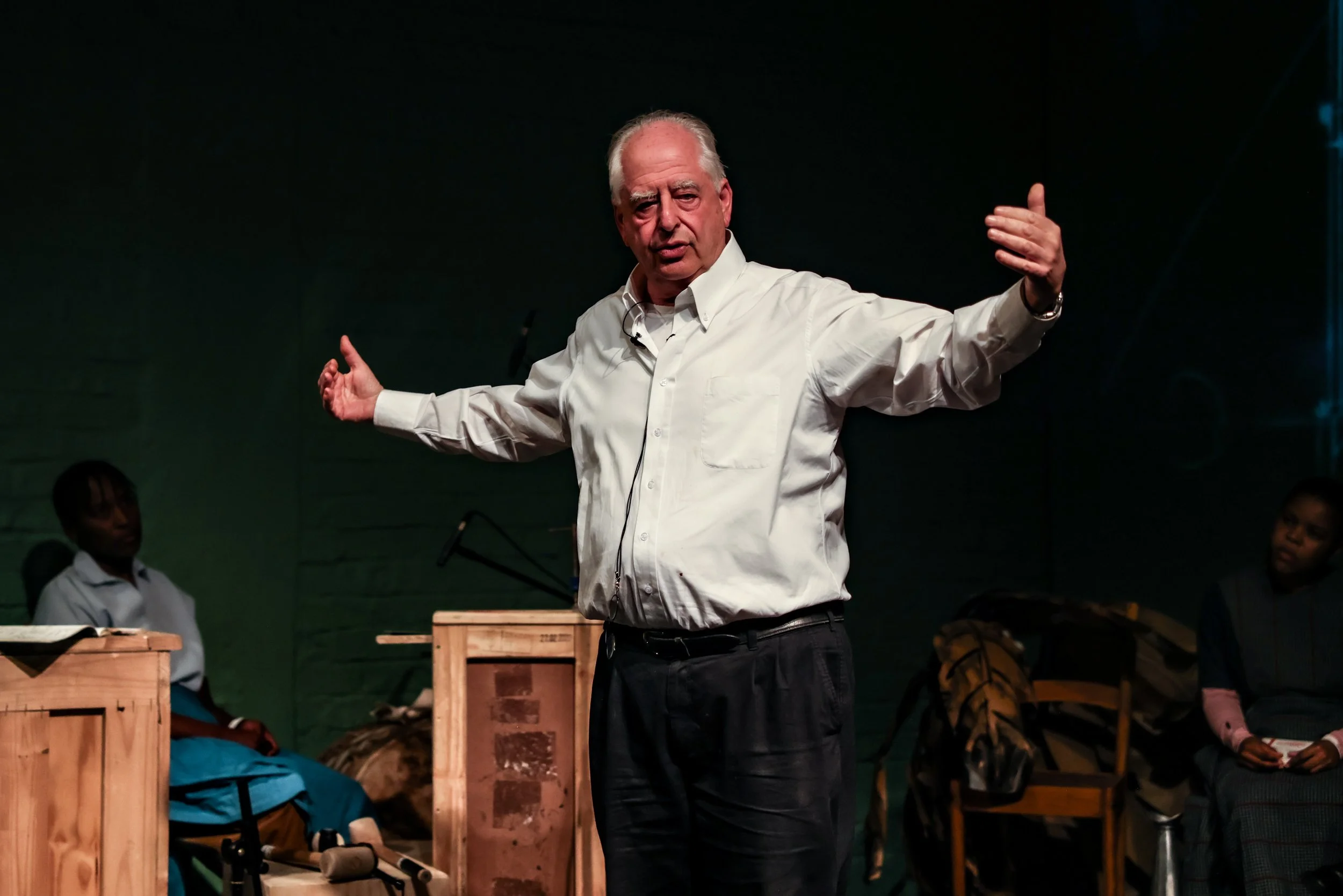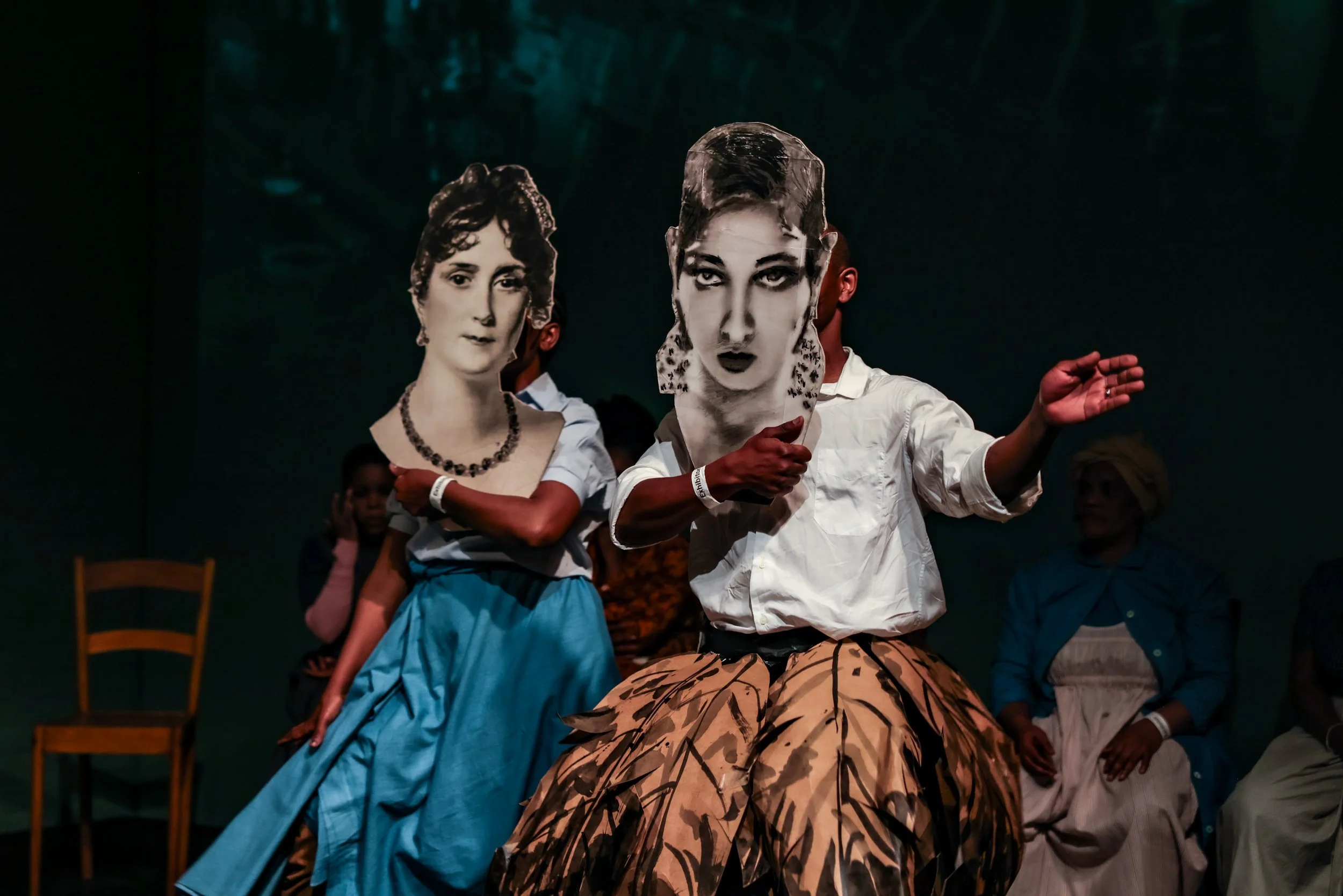HOW | SHOWING THE MAKING: THE GREAT YES, THE GREAT NO
On Saturday 2 September, SO | The Academy for the Less Good Idea presented HOW | Showing the Making: The Great YES, the Great NO as part of the BMW Art Generation conference.
Produced by William Kentridge and THE OFFICE performing arts + film, and developed at The Centre for the Less Good Idea, The Great YES, The Great NO centres around a historical escape from France by, among others, the surrealist André Breton, the anthropologist Claude Lévi-Strauss, the Cuban artist Wilfredo Lam, the communist novelist Victor Serge, and the author Anna Seghers.
In this HOW, Kentridge and members of the cast provide a window into the background, process and thinking behind the making of the production which, at the stage of showing, is around halfway through the process of being developed.
Using the potential of the boat as a metaphor for power, trade, migration and more, the production draws on many of the processes and methodologies that have become central to both Kentridge and The Centre’s ways of working.
Led by Kentridge, together with some of the production’s key cast, musicians, and technical crew, the performance uses some of the key moments of The Great YES, The Great NO to demonstrate its process of coming together.
As Kentridge explains, “This is a project about a boat trip between Marseille in France and Martinique in the Caribbean in 1941. It was during the Second World War, and the Germans have conquered France so there are many refugees trying to flee France from the Nazis. So it’s communists, homosexuals, artists, Jews – it’s many people trying to leave across the Atlantic ocean. So in that sense, there are echoes of migrants trying to flee to a place of safety today, and it also has echoes of earlier travels across the Atlantic of slaves from Africa to the Caribbean.”
Many of the characters that populate The Great YES, the Great NO are those who came to the small island of Martinique during this period. The production then adds its layer of fiction to history, augmenting this very real passenger list with several other famous figures, creating a meaningful group portrait: writer Aimé Césaire, the Nardal sisters – Martiniquais who, along with Césaire and Senghor, theorized the concept of ‘négritude’ – philosopher Franz Fanon and Joséphine Bonaparte – other Martiniquais – Joséphine Baker, Trotsky and even Stalin. All are united by the symbolic power of the crossing, experienced in turn as uprooting, exile or reinvention – from Africa to the Caribbean, from the Caribbean to Europe, from war-torn Europe to a new elsewhere.
Kentridge also deploys and enhances theatrical elements first developed in his film Oh To Believe in Another World, which was made to accompany Shostakovich’s Tenth Symphony, including the use of a system of cardboard cutout masks for the different characters, as well as other signature aspects of his unique stylistic approach to visual storytelling.
Also shown in this HOW is the ways in which Kentridge explores the movement of a boat journey, employing various performative and visual techniques to mimic the slow, steady rocking of a ship in the ocean.
Closing the HOW is a demonstration by the women’s chorus, led by the production’s Choral Director, Nhlanhla Mahlangu. Here, Mahlangu explains how, in relation to the libretto, the act of translation adds a particular rhythmic and musical layer, as well as an emotional weighting to the performance.
“These poems were originally written in French and have been translated into English, so we are encountering them on a secondary level. Now, we translate them into our [South African] languages,” explains Mahlangu. “In our translations, there is no one person translating – everyone translates and contributes in the way that they understand. So, what are the ways in which meaning stays or changes, and what are the relationships between these different languages and meanings?”
CREDITS:
CONCEPTUALISER & DIRECTOR | William Kentridge
CHORAL DIRECTOR | Nhlanhla Mahlangu
PERFORMERS | Teresa Phuti Mojela, Thulani Chauke & William Harding
MUSICIANS | Teresa Phuti Mojela, Asanda Hanabe, Thuli Magubane, Khokho Madlala, Nomathamsanqa Ngoma, Mapule Moloi, Zandile Hlatshwayo & Anathi Conjwa
VIDEO EDITORS | Žana Marović, Janus Fouché & Joshua Trappler
*HOW | Showing the Making | The Great YES, The Great NO, was presented to audiences attending the BMW Art Generation conference. An early iteration of The Great YES, the Great NO was later performed to The Centre’s audiences as part of our 10th Season.
— David Mann



